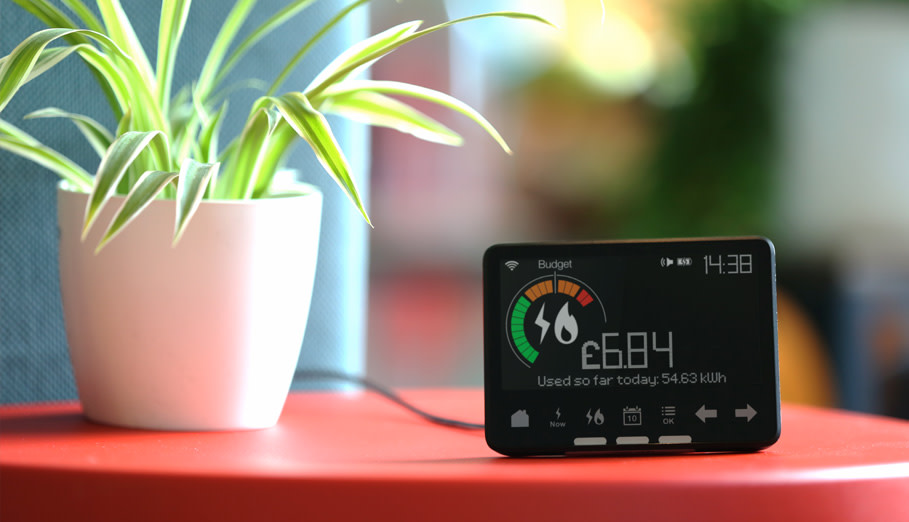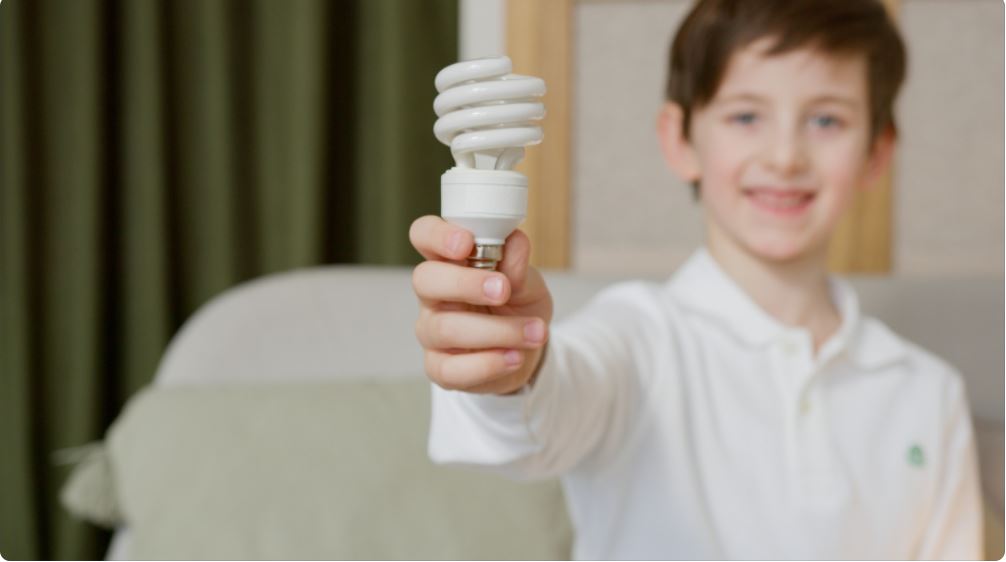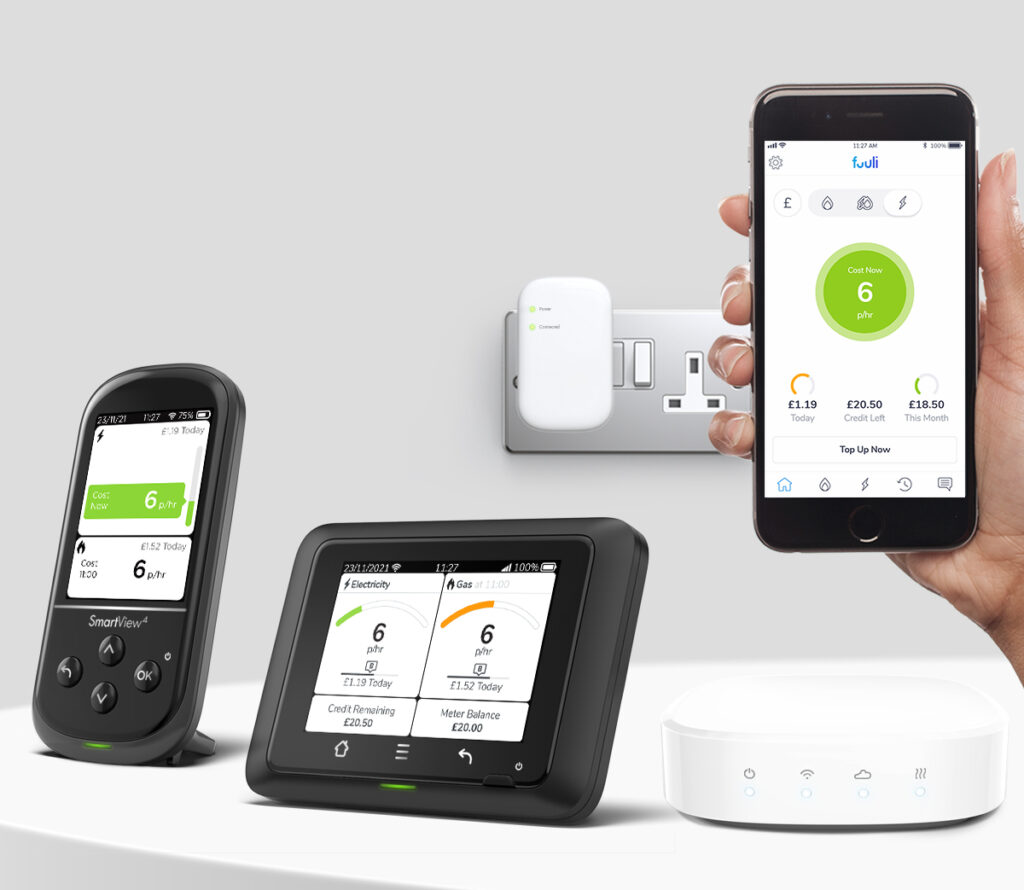
By: Manuel Álvarez, founder & CEO of WoodSwallow.
It may be that the pandemic has made me feel nostalgic. Or that I have reached an age when I long for those teenage years, but lately, I am missing the good old nineties quite a lot. Those were times when the musical scene diversified more than ever, from Britpop to Alternative Rock, the Spice Girls and The Macarena. Hollywood would surprise us year after year with new titles that would become classic for every taste. From the sublimated violence of Pulp Fiction, the paranormal world of The Sixth Sense or the psychological thriller of the Fight Club. In international politics, (a still-not-impeached) Bill Clinton won the American elections with a simple message to his voters: “It’s the Economy, stupid!” Meanwhile, at this side of the Pond, (a still-not-criticized for the British intervention in Iraq) Tony Blair insisted on what his priorities were: “Education, Education and Education!”.
Nowadays, it has been a while since I dont listen to a new music group that produces me some enthusiasm. The cinematographic world floods us with remakes or dull streaming series and movies. In politics, the main message has changed to be: “It’s the scapegoat’s fault, twat!” and the priorities are “Me first, Me first, Me first! “
The fight against Climate Change
The only thing that brings me some comfort these days is that, finally, we are starting to take seriously the need to fight against Climate Change; even though unfortunately it is not a view shared by all. But in order to tackle such a pressing need, it is clear that the populist politics that abound in the XXI century are not the solution. I personally think that the 90s ideas would be much more effective. One wonders who to better listen when designing strategic policies to fight Climate Change. Should it be Bill and his Economy or Tony and his Education? From my point of view, both would be right in some way, but I do think that the priorities of the ex-British-PM would be more suitable, and they are often left aside.
It would be nonsense to argue that the means to fight against Climate Change do not need to comprise an economically viable solution. It is essential that Governments keep providing certain levels of subsidies to research, development, and commercialization of technologies that, even though they may not be economically feasible nowadays, they are progressing in that direction. Just look at the evolution of the solar panels industry during the last decades, for example.
However, there would be little benefit in having economically viable technologies if citizens are not aware of the need of their use or even the benefits that these can bring (both to them and the entire society). Thus, I think it is necessary to implement educational policies that thoroughly explain why we are suffering a Global Warming Crisis, what will happen if it is not addressed and what can we do to fight it while citizens are provided with information technology tools that assist on this fight.
Teach your children well: the importance of education
I have always been a fervent supported of Education. I do not think there is a more powerful weapon than a well-educated society. But I also think that educational systems and their content need to evolve and adapt to the new times. If we do not reach to a consensus about educational values and we do not put enough effort in teaching our children that we all have contribute in the fight against Climate Change, the Planet that next generations will inherit will become more and more dystopian and inhabitable.
In fact, it looks like the roles are turning. It is the new generations the ones trying to teach the older ones about the need of this Fight, as it is the case of the movement started by Greta Thunberg. One cannot help but reminding the lyrics of the great 1970’s Crosby, Stills, Nash & Young song, which starts with “Teach your children well…” and ends up with “Teach your parents well…”.

Personally, even though I praise this kind of movements, I think they have a fundamental problem. They insist in the resolution of a problem without getting into the details of how to do so. Obviously, nobody can blame them, as neither the solution is easy nor immediate. But I do think that the society would benefit from teaching younger generations about what we can all do in our day to day to help this Fight. As I see it, educating about such complex problems from early ages has a double effect: teachings end up ingrained while parents (who children usually turn to with enthusiasm upon the introduction of novel and complex topics) are indirectly taught as well.
Besides teaching about the consequences of the lack of measures, a big part of the topics to be taught should turn around Energy. e.g., how environmentally friendly is each type of energy depending on their origin, the importance of energy efficiency, how to decrease our consumption and, also quite importantly, how to decrease our bills.
Let’s talk about energy
As an engineer, I must have heard more than a hundred times that “the main problem with Energy is that it cannot be stored in high quantities”. However, with the latest progress on storage technologies during the last decade, this problem has started to become an opportunity that enables the extensive use of renewable energies. From a strategic policy point of view, I am convinced that the main problem with Energy is that few people understand it. Energy, even though measurable, it is not something tangible that can easily be seen or compared. This generates reticence in the citizen, which not only cannot tell the different between Wh or KWh of energy and W o KW of power, but that can barely understand or make sense of their own electricity bill.
These topics, even though are complex, could be taught in a more generalized way that it is currently done. It can be explained which type of appliances consumes more than another, the benefits of buying devices with energy efficiency rating (more expensive to acquire, but cheaper to run) or how to save in your energy bill by using the more energy hungry appliances at cheaper periods when using time-off-use tariffs. All this can be done combining traditional teaching methods, like master classes, together with technology, as it can be showing real-time consumption and pricing information via In-Home-Displays or mobile applications.
This second option is quite widespread in many European countries but not in Spain. Unfortunately, the Spanish regulator does not oblige electrical distribution companies to equip the smart meters they have deployed throughout the country with this type of technology. This leaves us behind the tendencies that have been implemented for years in most of the rest of the continent. It would be desirable that Spain, the same way as many other countries have done already, regulate forcing utilities to install smart meters with local real-time information communications capabilities.
Real-time Information: Smart Meters, In-Home-Displays and the Smart Watch effect
Smart Meters
In 2009, most European Union countries were obliged to deploy Smart electricity Meters by communitarian regulation. Legislation around the deployment of smart meters had a multiple purpose and it could have been more ambitious that it has been.
On the one hand, the aim was to end estimated billing, a practice that is correctly considered unfair for the consumers. If utilities have remote access to their meters, they can and must produce Invoices according to the real consumer energy consumption and not based on estimations.
On the other hand, it pursued a general decrease in the population energy consumption. If the end users are presented with detailed data of their energy consumption and the cost associated to this, they can take informed decisions around their energy habits. This can be done either by showing real-time information to the customers or providing more granular one (daily or hourly consumption) at invoice level or through web portals. Both options have their pros and cons. I do think both are necessary and I think that it was an error for some regulators not to impose the implementation of these.
In all cases where Smart meters have been deployed, users have access to their detailed energy consumption through online portals. This helps them see their day-to-day consumption, even hour to hour one, which brings valuable information. But this is always a posteriori information: it is the end user who needs to establish the correlation between energy user on a certain day and at a certain hour when they access this web portal, which can be one day or fourteen days after day X… this makes it very difficult to extract the valuable information hidden behind that data. Who can remember what they did at home with their appliances two weeks ago?
In-Home-Displays

A teaching method which I consider more valuable is the one implemented obliged by regulation in countries like Holland, Finland, or the UK: presenting real-time information to end customers via IHDs or In-Home-Displays. Unfortunately, Spanish regulation does not mandate utilities to equip smart meters with the capabilities to communicate with other devices, so this is an energy educational method we do not have available in Spain.
An IHD is basically a small screen that talks to the Smart meters and shows a summary of our Energy consumption. It normally does it in several ways: showing accumulated energy used throughout the day, week, and month in KWh; it also translates this information into Euros, which makes it more amiable and understandable to the user. The IHD also tends to include a traffic light style of indication that, with green, amber, and red colours, tells us if our instantaneous consumption at home is being normal, high or very high.
This information display is way more useful for the user than past historic hourly data shown through a website because the real-time information makes it easier to establish a cause-effect correlation. The user can see, for example, the effect of switching on a washing machine or an oven, or how the consumption decreases if we lower the temperature in our heating thermostat. And not only can this information be seen in easily understandable symbols (colours), but also, they can be seen in economic terms.
The Smart Watch effect
It is true that there are studies, like one carried out in the UK, that unveil that the average use of IHDs is about 3 moths, after when they tend to end up in a drawer. This is an argument that is often used against its deployment. But these same studies also mention what they call the “smart watch effect” that IHDs have into the energy consumption habits of citizens.
In a similar wat that one does not have to use a smart watch forever to learn the benefits of healthy lifestyle, one does not need to use an IHD forever to improve our energy habits. Thanks to a smart watch, we can learn that, if we walk during an hour, we do around 6.000 steps and burn around 250 calories (an energy learning, at the end). We don’t need to wear during months in order to internalize the learnings. It happens the same thing with IHDs. We just need to use them during a couple of months and pay attention to the impact of our usage of different appliances to start changing our energy habits and internalize these learnings.
If people don’t learn, let at least the machine do it
When a Smart meter has capabilities of local real time communications, it can send information to an IHD, but it can also send it to other devices that can benefit from it. Appliances could be programmed to be used automatically in periods when electricity prices are cheaper. A self-supply system with solar panels and home batteries could decide whether to store energy, use it at home or sell it to the grid, depending on the information from the smart meter and Artificial Intelligence algorithms. That is why, even if we didn’t believe in the benefits of IHDs, we shouldn’t discard the deployment of smart meters with local real-time communications capabilities.
The array of applications that could be developed thanks to these communications capabilities is very wide. From educational, to consumption reduction ones, self-consumption increase or even energy trading. Unfortunately, utilities in Spain will not equip their Smart meters with this technology unless they are forced by regulation, as it implies and extra cost that they do not want to incur.
It’s time
It has been more than 10 years since Smart meters started being deployed in Spain. These first ones are aging, and it is time to start replacing them. Given all the benefits exposed here above and the major awareness around the need to fight Climate Change, it would be desirable that Spain, the same way as many other countries have already done, legislated obliging utilities to install new Smart meters with local real time communication capabilities. If they didn’t do it, we may have to remember the lyrics of Crosby, Still, Nash &Young once again: “don’t you ever ask them why; if they told you, you would cry….”.






